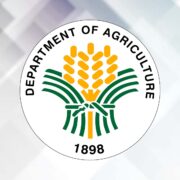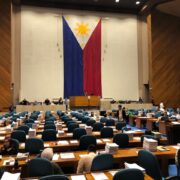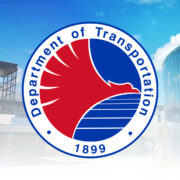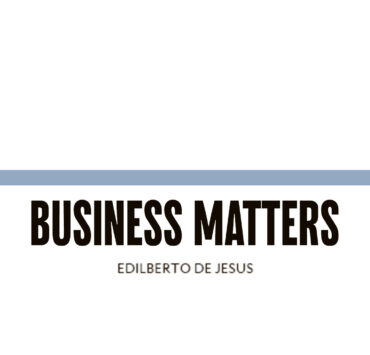SEC Incorporation Process under eSPARC: Onerous, ineffective, and inefficient

We are writing to express serious concerns about the Securities and Exchange Commission’s (SEC) recently mandated exclusively online-only registration for new corporations. While the idea of digital innovation and streamlined processes sounds good on paper, the reality has been anything but.
Beginning in April 2025, new companies must register exclusively through the SEC’s eSPARC and OneSEC platforms. This new system, instead of making things easier, has become a significant hurdle for aspiring business owners, especially small business owners and those with foreign incorporators, shareholders, and directors.
Every incorporator, director, and shareholder must create an eSECURE account. This seemingly simple first step is full of roadblocks:
- Timed OTPs: You get just two minutes to input two separate one-time passwords sent to your phone and email. Miss the window, and you have to start over. Imagine the frustration for anyone with a spotty internet connection.
- Mandatory fee and uploads: Before you can even verify your identity, there’s a P400 fee, followed by a requirement to upload a selfie and two IDs. This means you need a working camera and smooth connectivity, which isn’t always a given.
Our experience is that the system bogs down once there is a discrepancy in, say, details of one’s birthday or full name as reflected in the BIR data.
Once past this initial stage, applicants move to eSPARC, where the system generates crucial articles of incorporation and bylaws. Disturbingly, many have found these automatically generated documents to be poorly written. These legal instruments are the backbone of a corporation, and their impersonal, flawed creation is a serious concern.
Further adding to the complexity are additional document authentication steps, again involving time-sensitive OTPs for each incorporator. The fundamental flaw in this new system is its heavy reliance on the flawless operation of these online platforms—a reliability that simply hasn’t been there. Frequent glitches and system delays are common complaints, and with no alternative registration method, applicants are left helpless.
Then there’s the “document authentication” step, where more time-sensitive OTPs are sent for each document. Again, you have a mere two minutes to confirm.
The biggest issue? All these steps rely entirely on the platform running smoothly, which is rarely the case. Users report constant glitches and delays. Since this is now the only way to register, if the system fails, you’re stuck. This exclusively all-digital approach also unfairly impacts less tech-savvy individuals, including older entrepreneurs or those with limited access to reliable internet and devices. It goes against the very idea of accessibility. Furthermore, a process this complicated could deter foreign investors, potentially pushing them to rely on nominees for incorporation, which only adds a layer of opaqueness to company structures.
Digitalization should enhance accessibility, not hinder it. We urge the SEC to reevaluate these processes to genuinely support, rather than frustrate, those trying to establish businesses in the Philippines.
RAMON TAN,
ricobtan@gmail.com

















Stunting: If feeding doesn’t work, what might?